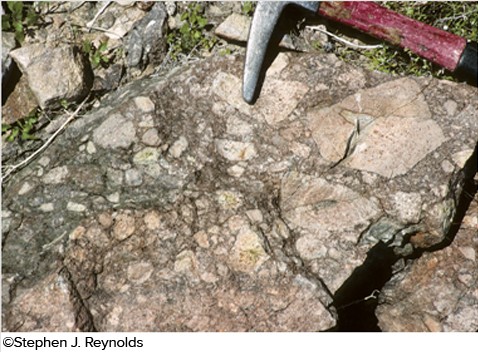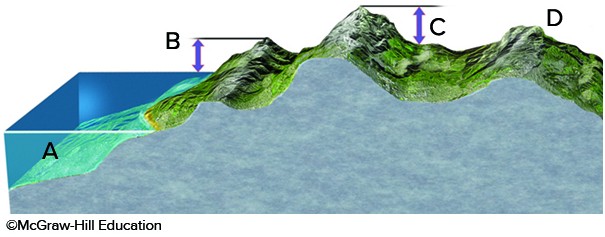Explain the difference between oligotrophic and eutrophic waters. Describe the sequential process of eutrophication
What will be an ideal response?
Oligotrophic waters are low in nutrients while eutrophic waters have high levels of nutrients. "As the water of an oligotrophic body becomes enriched with nutrients, numerous changes are set in motion. First, the nutrient enrichment allows the rapid growth and multiplication of phytoplankton, increasing the turbidity of the water. The increasing turbidity shades out the SAV that live in the water. With the die-off of SAV, there is a loss of food, habitats, and dissolved oxygen from their photosynthesis. Phytoplankton has a remarkably high growth and reproduction rate. Under optimal conditions, phytoplankton biomass may double every 24 hours, a capacity far beyond that of benthic plants. Thus, phytoplankton soon reaches a maximum population density, and continuing growth and reproduction are balanced by die-off. Dead phytoplankton settles out, resulting in heavy deposits of detritus on the lake or river bottom. In turn, the abundance of detritus supports an abundance of decomposers, mainly bacteria. The explosive growth of bacteria, consuming oxygen via respiration, creates an additional demand for dissolved oxygen. The result is the depletion of dissolved oxygen, with the consequent suffocation of fish and shellfish. In sum, eutrophication refers to this whole sequence of events, starting with nutrient enrichment, and proceeding to the growth and die-off of phytoplankton, the accumulation of detritus, the growth of bacteria, and, finally, the depletion of dissolved oxygen and the suffocation of higher organisms."
You might also like to view...
The concentration of ____________ ____________ in Earth's atmosphere is the highest it's been in the last 10 million
years. Fill in the blank(s) with the appropriate word(s).
What texture is displayed by the igneous rock in this photograph?
A. vesicles B. porphyritic C. glassy D. breccia E. None of these choices are correct.
Which letter on the accompanying figure indicates depth?
A. A B. B C. C D. D
What is the difference between a graben and a half-graben?
What will be an ideal response?